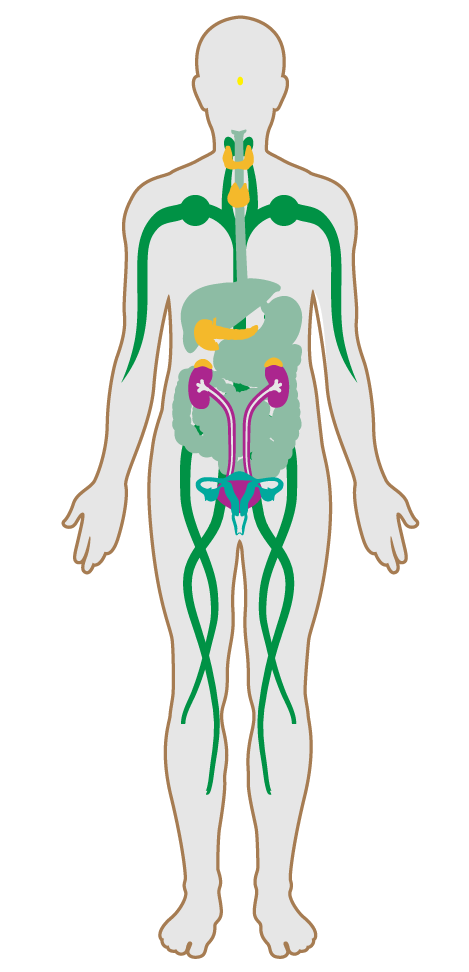Safe food preparation materials
- 38 Fruits and vegetables
- 39 Processed foods
- 40 Food allergies
- 41 Hand washing
- 42 Food contamination
- 43 Artificial ingredients
- 44 Nutritional information
- 45 Food advertising
- 46 Safe food preparation materials
- 47 Serving sizes
- 48 Special diets
- 49 Responsible food production
- 50 Food storage
- 51 Food production
- 52 Mindful eating
- P1 Food environment
- P7 Strategic Dining Design
Safe food preparation materials
To reduce occupant exposure to harmful contaminants that may originate from food preparation materials and eliminate surfaces that harbor pathogens.
BACKGROUND
Food preparation equipment can be a source of potentially hazardous contaminants. Porous surfaces can harbor harmful toxins, while chemicals used to impart special attributes to food preparation equipment, such as non-stick properties for cookware, can leach or volatize during use. One such contaminant is bisphenol-A (BPA), a phenolic-based chemical that is used in products ranging from baby bottles and plastic foodware to water bottles and food can linings. While generally stable, BPA can be released when products containing BPA are exposed to heat or UV light, and may have negative effects on human health.

